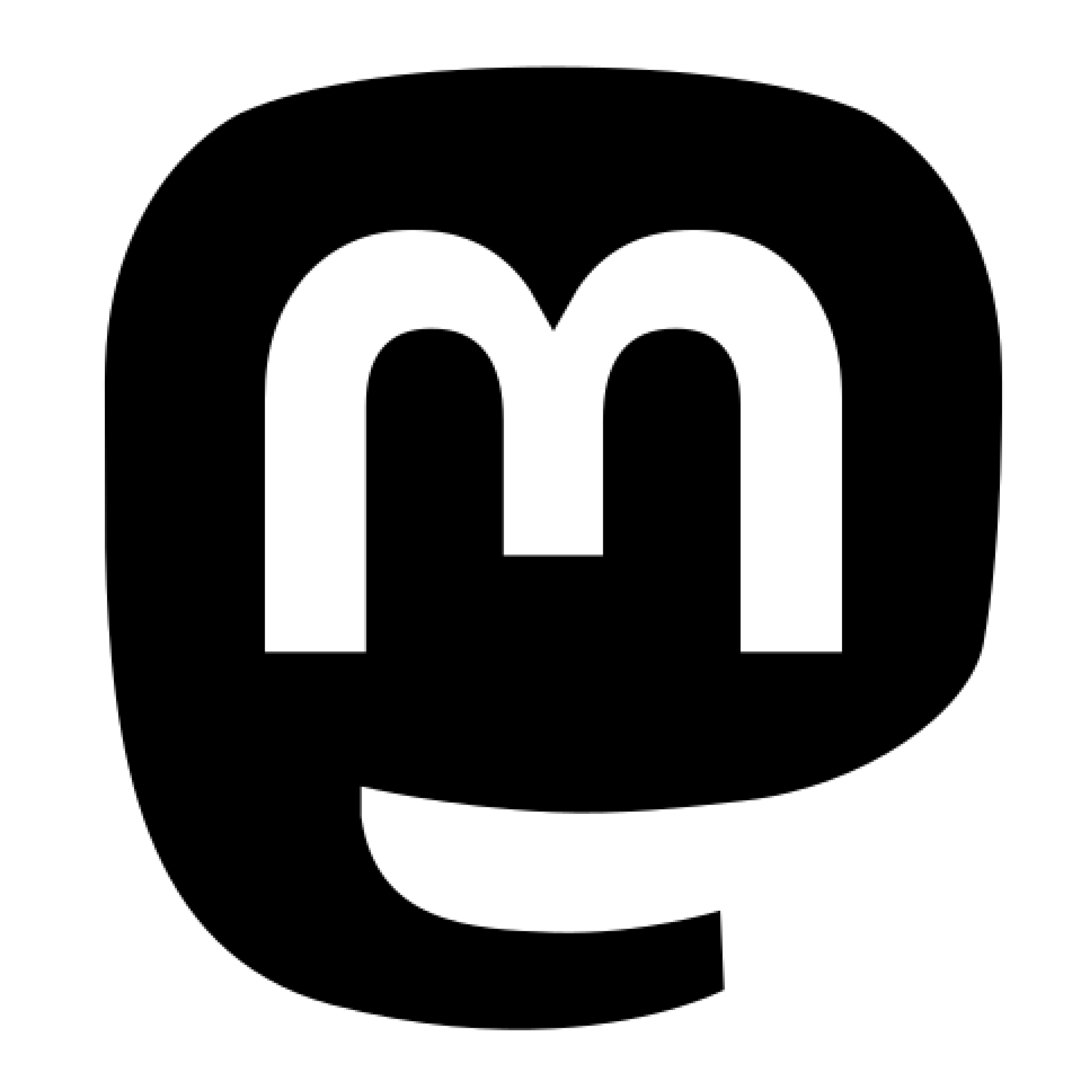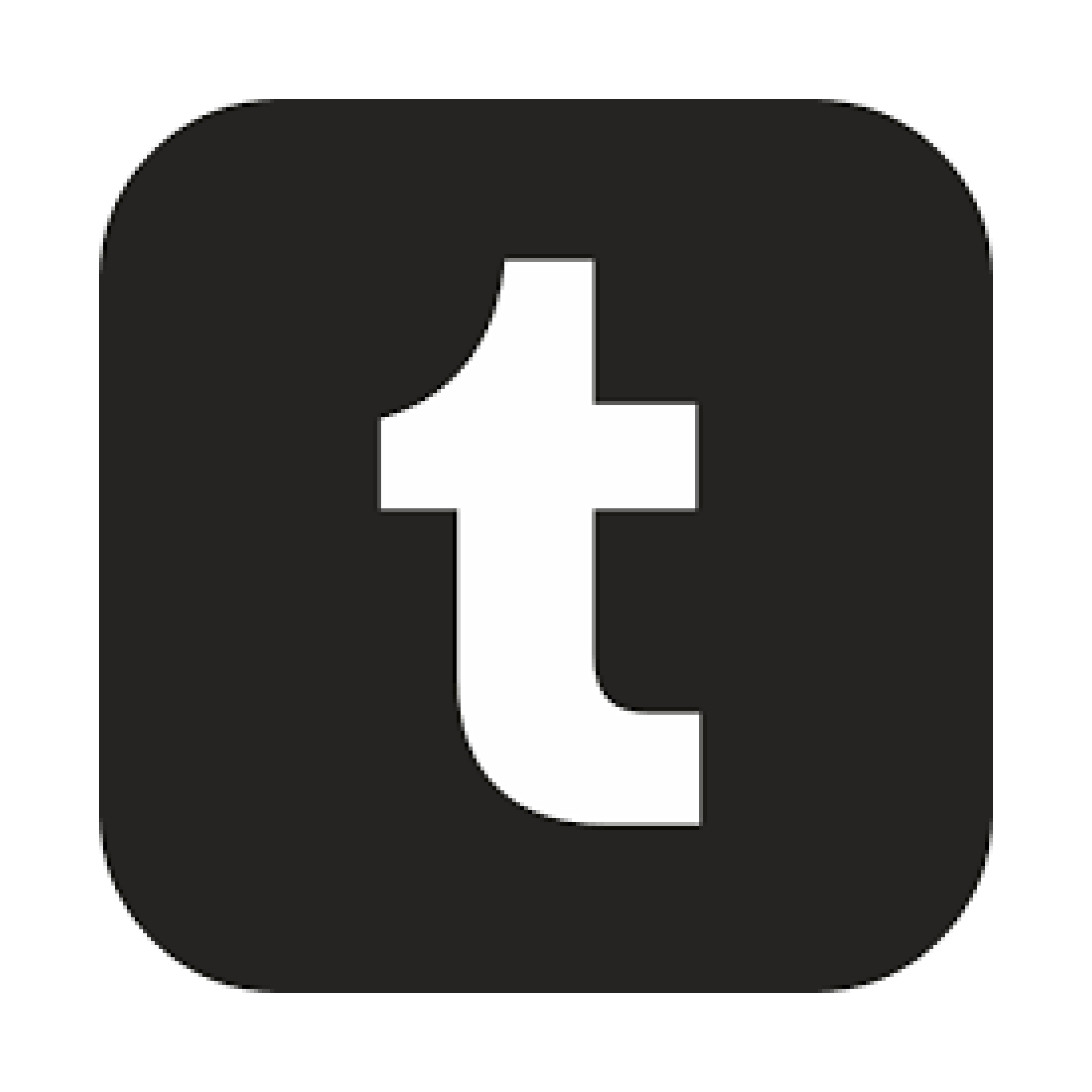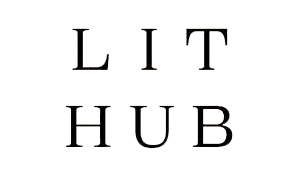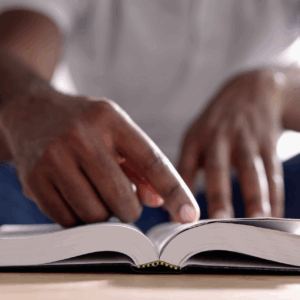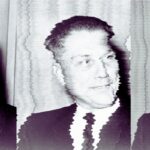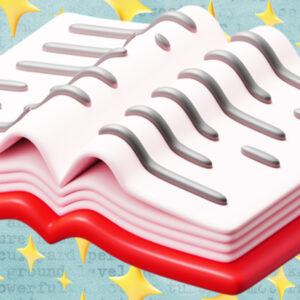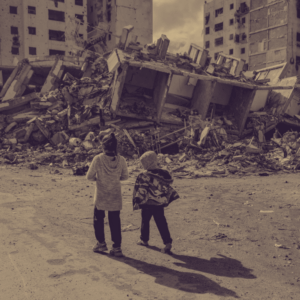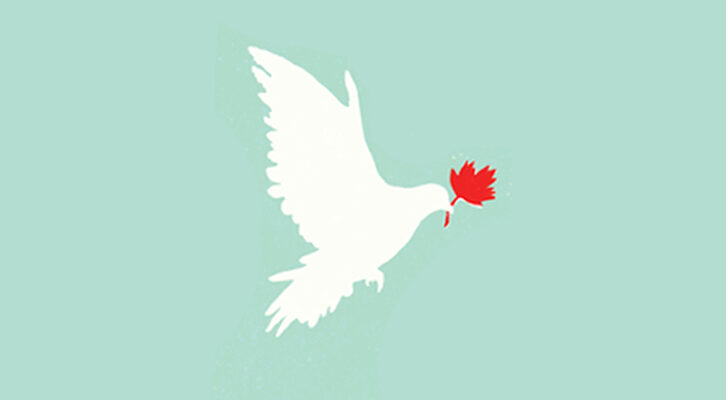
So You Want to Flee to Canada: Revisiting a Classic Guide to Leaving America
James Folta on the Reissuing of “Manual for Draft-Age Immigrants to Canada”
In 1967, House of Anansi Press released Manual for Draft-Age Immigrants to Canada by Mark Satin, a practical how-to for escaping the American military draft and moving to Canada. Anansi reissued the guide in 2017, the first time it was back in print since 1971. And now is the moment to read it: a larger exodus to Canada appears to be gaining steam. Some students who are being hunted by ICE over their participation in Palestinian solidarity movements have reportedly sought refuge in Canada. Academics whose work might anger the regime are heading north too: Timothy Snyder, a historian and the author of On Tyranny, and Jason Stanley, a philosopher and author of How Fascism Works, are both moving to the University of Toronto.
I recently read the Manual, and while much of it is outdated as a guide—the book notes that a dozen eggs was $.55 in ’67—it’s a window to a similar moment when Canada was a foil to America’s aggression and brutality.
The practicalities of the book are impressive. Government bureaucracies have always been opaque, but in the era before the internet allowed for some anonymity, questions about how to flee the government may have been dangerous to ask at the library. The Manual aims to address all practical concerns, no matter how small: there are sections on how to bring meat into the country, which pets might raise alarms (“birds of the parrot family… not exceeding 2 in number and accompanied by the owner, may be admitted…), and how to prepare to be interviewed by immigration: “You must appear neat. Applying for status is a suit-and-tie affair, even in 100-degree weather.”
Beyond the nuts-and-bolts advice, the book is a guide on what to expect. The overall impression of Canada is of a nation that is humble, kind, and aghast at American foreign policy. Today, Canadians hate us too. Our cruelty and incompetence isn’t terribly new, but Trump’s naked desire for punishment and Northern conquest is different. No wonder it’s unified Canadians against America: they’re booing our national anthem, boycotting U.S. products, and the anger has rehabilitated ex-PM Trudeau’s reputation. Even the Bloc Québécois, which has long sought independence from Canada, is rallying around the nation and calling for protectionist legislation.
Our cruelty and incompetence isn’t terribly new, but Trump’s naked desire for punishment and Northern conquest is different.
One thing that hasn’t changed since the ‘60s is some Americans’ admiration for Canadian resistance—the Canadian flag has become an anti-Trump and anti-Musk symbol. Our northern neighbor is once again seen as the anti-America, the family member who got their act together.
Not that opposing Trump’s agenda is a particularly high bar to clear: statements that used to be the boring part of a stump speech now sound radically empathetic compared to Trump and his hogmen’s braindead blood-thirst.
Americans’ fatal flaw, which is articulated over and over in the Manual, is that we’re too full of ourselves — “just become an American state,” is the current Republican refrain to Canadian anger. Then as now, this attitude is contrasted with Canada’s modesty. The very idea of a “best nation on earth” is framed as unthinkably foreign in the Manual: “history, geography, and culture have made Canadians skeptics about any notion of human perfectibility.” America doth protest too much: “No Statue of Liberty welcomes the weary and oppressed to Canadian shores.”
Of course, it’s not all humble kindness—there were Birchers in Canada too. As a settler colonial nation like America, Canada engaged in violent forced assimilation and atrocities against Native peoples. And today, the Canadian cops have been just as eager as Americans to crack down on those speaking out against Israel’s genocide.
This stance wasn’t always the case: the Manual describes the fallout after the Toronto Board of Education claimed draft dodgers were selling weed in high schools. Surprisingly, the Metropolitan Toronto morality squad and the Royal Canadian Mounted Police were quick to issue statements denying this drug dealing ever happened. That the cops would break good is as shocking now as it was in ’67: “many Americans in Toronto were surprised that the police would publicly contradict a government official in this area.”
What I found so refreshing about the book is that it constantly reaches for morality amidst all the nitty-gritty talk of embassies and paperwork: “those of us providing service to the Anti-Draft Programme assume that your opposition to the war in Vietnam stems from principle and therefore you are likely to become outstanding citizens.” Political participation is a matter of principle, and is treated as such.
Draft dodging is placed in a long, principled Canadian tradition of welcoming those who walk away from the brutalities of the American project, especially those who escaped enslavement: the Manual opens with excerpts from two letters, one from 1853 by an Underground Railroad escapee and one from 1967 by a draft escapee.
The “you” underlines the shared stakes for someone who might flee north in 2025 or in 1967: the threat of death from American rage.
The book’s emphasis on these ideals is at times an awkward fit with its focus on the material conditions of things like financing immigration or finding a job. The closest the Manual gets to reconciling these two impulses is when it addresses the concerns “over whether or not the Canadian economy being so tied to America’s economy, makes Canada as an economic system complicit in the sins of the Vietnam war.”
Our North American economies have only gotten more intertwined over the decades. This fact makes escaping the economics hard, especially when the conflict is currently limited to a trade war, albeit one that experts are saying is “existential” for Canada.
Still, Canadians rejection of America is finding its strongest footing as a cultural rebuke. There’s plenty to reject: our noxious political culture is seeping north, most glaringly the QAnon rhetoric embraced by the American right that fueled Canada’s anti-COVID-mandate trucker convoys. But the reality of the economic ties between the nations feels more intractable than any cultural separation, which has been both high-minded and corny, featuring things like a reboot of the Iraq War’s “freedom fries” with cafes selling “Canadianos” instead of “Americanos.”
Post-NAFTA, post-globalization, post-internet, what are the economic distinctions between America and Canada? In my mind, it’s healthcare and a better safety net, which is where the principles matter. Our politics are a reflection of the world we want to live in, and Canada’s political leaders are demonstrating a commitment to care. It’s a stark contrast to the American right, which loathes victims and craves punishment.
But the Manual is deeply committed to the more grassroots politics of saving individuals — the book is addressed to a “you” that feels singular and personal. The “you” underlines the shared stakes for someone who might flee north in 2025 or in 1967: the threat of death from American rage. Canadians opened their arms to young people who didn’t want to kill and die in Vietnam, and I’m sure they will do the same for Americans today who just want to survive: the students who are being disappeared off our streets, the innocent neighbors who are being sold to Salvadoran jails, and the trans people who are being targeted and told they don’t exist.
For principled Americans and Canadians, this has always been about life or death: as Heather Dean of the Student Union for Peace Action wrote in the Manual, “Canadians aren’t afraid of losing ‘the good things that American capital and enterprise brings us’ (who needs a stripped mine?), they’re afraid of the Marines.”
James Folta
James Folta is a writer and the managing editor of Points in Case. He co-writes the weekly Newsletter of Humorous Writing. More at www.jamesfolta.com or at jfolta[at]lithub[dot]com.






